
Tooth Sensitivity
Bonding: The bonding process is applicable in almost every dental procedure performed today. It is accomplished in one visit to the dentist. No mold-taking, no “temporary,” no lab-fabrication. And it may take care of chips, gaps between the teeth, staining, splotches from wearing braces, crookedness or even teeth whose shapes are displeasing. Plus, it’s relatively inexpensive. (Read More)
Dental Bridges: Dental bridges, dental implants, and partial dentures are used to replace missing teeth that would otherwise adversely affect your mouth. The negative effects of one or more missing teeth can include the shifting of other teeth to accommodate for the open space, a change in the bite that may affect your ability to eat, a speech impediment, and an increased risk for periodontal disease and tooth decay. (Read More)
Dental Crowns: Whether a crown is needed for tooth cracks, excessive tooth decay, damaged tooth protection, teeth grinding, missing teeth, need for beautification or an improper bite resulting from the natural wear and tear produced by aging, dental crowns of today can satisfy your functional and esthetic needs. The purpose of a dental crown is to encompass and protect a needy tooth with a custom-designed tooth material, much like a fitted cap. (Read More)
Dental Crown Dentists: Both the dentist and the laboratory technologist play a role in the design and treatment outcome of a crown. Art and science are important factors in designing the proper anatomical features of the crown to provide the best possible fit in the mouth. General dentists, family dentists, cosmetic dentists and prosthodontists may perform all treatment options; however, the level of expertise varies among dentists.
Dental Fillings: Dental fillings are used to repair minimal tooth fractures, tooth decay, or otherwise damaged surfaces of the teeth. Dental filling materials may be used to even out tooth surfaces for better biting or chewing. In many cases, individuals with enamel loss resulting in tooth sensitivity will notice a significant improvement or complete elimination of sensitivity once the appropriate dental filling material is placed. (Read More)
Dental Filling Materials: You have many choices when it comes to restoring damaged or decayed teeth, even down to the type of dental filling material to use. You may choose to have white “tooth-colored” fillings (composite or porcelain) or silver amalgam restorations. There are a number of pros and cons associated with both composite and amalgam fillings.
Dental Implants: In many cases, dental implants may be the only choice to restore all necessary functions of the teeth and supporting structures. An implant can replace a single missing tooth and multiple implants can be used to support a dental bridge for the replacement of multiple missing teeth. Implants can also be used to increase the retention of dentures, helping to minimize gum irritation. Another implant advantage is that they do not require the preparation of adjacent teeth that would be necessary for bridgework. How much do dental implants cost? (Read More)
Dental Implant Cost and Candidacy: The cost of dental implants depends on many factors, including the type of implantation, the dentist performing the procedure, the location where it is performed, the material used and the amount of dental insurance you have. Determining your candidacy is a process that starts with a comprehensive oral health evaluation. (Read More)
Dental Implant Frequently Asked Questions: What are dental implants? What are dental implants made of? How much do they cost? Is this cost covered by insurance? Are dental implants safe? Answers to these questions and more.
Dental Implant Types: More than 60 companies manufacturer dental implants and/or the materials used to create the restorations placed on top of them. Dental implants usually are categorized based on the type of procedure used to place them: two-stage or single stage.
Dental Materials 411: Dental technicians’ work serves as the cornerstone in the manufacturing process of most dental prosthetics. Your dentist usually relies on one or more dental lab technicians to help craft your single tooth restoration, full mouth reconstruction, or smile makeover. Tooth restorations must feel comfortable. An ill-fitting tooth restoration may affect the outcome and longevity of the procedure. Ill-fitting restorations can house bacteria that may cause tooth decay. The lab technician’s familiarity with and comfort in using the materials impact the fit and comfort of the restoration. Because of this, you may wish to discuss certain dental lab issues with your dentist. (Read More)
Denture Care: It is extremely important to practice healthy dental hygiene when wearing dentures. There is an increased risk of developing a more serious medical condition should oral irritation result from improper dental hygiene.
Dentures: Complete dentures are used to replace missing teeth for people with no remaining teeth. Dentures may also be used for people who have lost several teeth. It is very important to replace missing teeth. The ill effects of not doing so can be a shift in remaining teeth, an inability to bite and chew properly, as well as a sagging facial appearance, which makes one appear older than they are. (Read More)
Denture Preparation: During the first dental visit to evaluate the need for dentures, your dentist will examine your gums and supporting bone structure to identify the appropriate treatment plan. In some cases, oral surgery is performed to correct bony ridges that may interfere with the stability of the denture. In other cases, the remaining teeth may need to be extracted before dentures can be placed.
Full Mouth Reconstruction: Full mouth reconstruction, full mouth rehabilitation and full mouth restoration are terms often used interchangeably to describe the process of rebuilding or simultaneously restoring all of the teeth in both the upper and lower jaws. Most full mouth reconstructions involve multiple phases and office visits. It is not unreasonable to expect treatment to take 12 months or more, depending on your situation. (Read More)
Inlays and Onlays: Inlays and onlays are dental restorations used by a select number of dentists. In certain cases, inlays and onlays are a conservative alternative to full coverage dental crowns. Inlays and onlays can often be used in place of traditional dental fillings to treat tooth decay or similar structural damage. (Read More)
Same Day Dentistry: Same day dentistry refers to an innovative new brand of treatment that condenses some traditional procedures into a single office visit. Thanks to in-office dental CAD/CAM technology, patients can receive milled metal-free crowns, veneers, onlays and inlays in one office visit, while they wait. (Read More)
Same Day Dentistry Frequently Asked Questions: What is CAD/CAM dentistry? Are same-day restorations long lasting? What does same day dentistry cost? What are the advantages? Answers to these same day dentistry questions and more.
Save That Tooth: According to the American Association of Endodontics, more than five million teeth are knocked out every year. A knocked-out tooth can be saved if the proper emergency steps are taken immediately to preserve it. Consider five reasons why it’s good to save a knocked-out tooth. (Read More)
Temporaries: Today’s natural-looking temporaries, also called “temps” or provisional restorations, have undergone radical changes. Provisionals now enable you to “preview” the final result of your smile design or reconstructive treatment. They allow you to make a more informed decision about the size, shape, feel, function and color of your final restorations. (Read More)
Temporaries Concerns and Care: Temporaries are designed to restore your teeth for a provisional or interim period of time. Although today’s temporaries are significantly more lifelike and durable than those used previously, it is not uncommon for some people to experience problems with their temporaries.
Temporaries Restoration Preview: In addition to serving a functional purpose, temporary restorations also offer you a preview of your final treatment outcome. If necessary, you can ask your dentist for adjustments to provide the best possible lip support, teeth length, shape, color and esthetics.

Tooth Sensitivity

Ask the Expert

Pediatric Dentistry

Oral Health
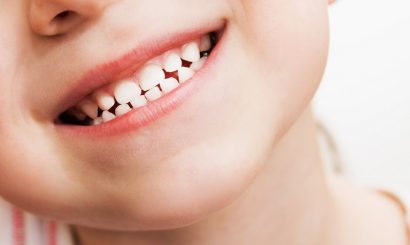
Pediatric Dentistry

Oral Health

Dental Hygiene
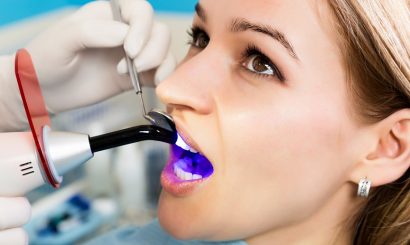
Tooth Restoration

Dental Public Health
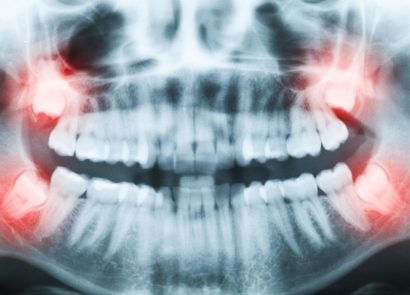
Wisdom Teeth
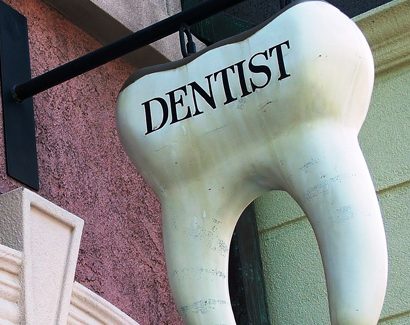
Dentists
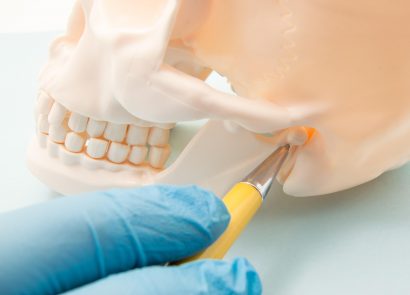
TMJ

Sleep Apnea

Cosmetic Dentistry
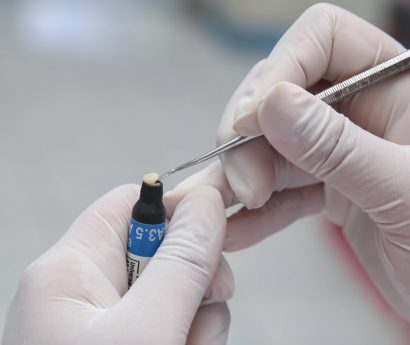
Dental Veneers